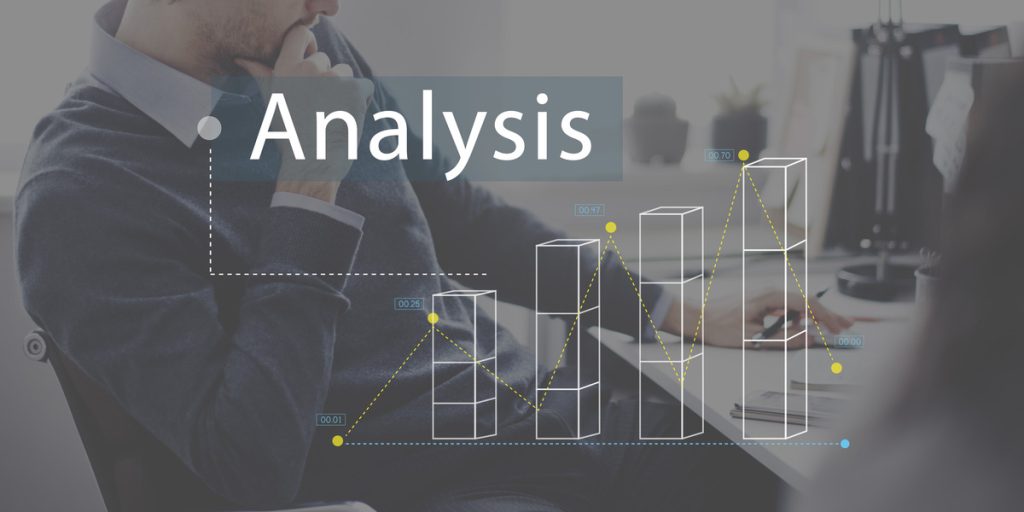Introduction
Data Analysis on the other hand means a disciplined process of applying statistical and logical procedures in order to describe, summarize, and make inference on data. According to Shamoo and Resnik (2003), it means making local inductive inferences from data to filter out random variation from meaningful variation. This process is required in various fields of researching and serves as the way to check the integrity of the data and gain useful conclusions.
The distinction of Qualitative analysis versus quantitative analysis
In qualitative research, data analysis may be a cyclical process or the processes may occur simultaneously, that is, data is constantly being gathered and analyzed. Direction may differ with the type of qualitative strategy used, for example ethnography or content analysis, and type of data recorded for instance;notes, tapes (Savenye & Robinson 2004). On the other hand, the quantitative analysis will commonly involve the use of statistical approaches and the application of set procedures on the numerical data that is involved.
Ensuring Data Integrity
Inability to perform accurate and appropriate analysis of the collected data is disastrous, hence it should always be done well. When interpretation of survey data is done in an improper way, the conclusion is bound to be misleading and that will have an effect on the perception of the public as noted by Shepard ( 2002). Such aspects as possession of the skills that will enable one to analyze data, identifying right method of data collection and analysi as well as how to prevent bias in inference and analysis of subgroups are vital. Maintenance of discipline specific norm and calculation of statistical significance are also important (Resnik, 2000; Altman, 2001).
Challenges in Data Analysis
They are to do with the analysts involved in the study, the analytical techniques to be used in the research process, and possibility of bias in the interpretation of results respectively (Smeeton & Goda, 2003).  Concerns such as wrong sub-group analysis and misuse of statistics can act as a negative factor to the credibility of findings. Moreover, it is vital to keep the utilized nonstandard approaches open to the public and report outcomes without discrepancies in their measurements (Shamoo & Resnik, 2003).
Concerns such as wrong sub-group analysis and misuse of statistics can act as a negative factor to the credibility of findings. Moreover, it is vital to keep the utilized nonstandard approaches open to the public and report outcomes without discrepancies in their measurements (Shamoo & Resnik, 2003).
Types of Data Analysis
- Descriptive Analysis: Used to report what happened by presenting statistical averages, for example, total of sales.
- Diagnostic Analysis: Researches how and why something occurred by analysing trends and connections.
- Predictive Analysis: Claims to use past records as tool for prophesying the future results or events.
- Prescriptive Analysis: Offers suggestion on what should be done based on analyses of the first three types in order to chart the way forward.
The Data Analysis Process
- Identify Business Questions: Establish the kind of problems that requires to be solved.
- Collect Data: Collect material from different and multiple sources.
- Clean Data: Prior to analysis, one has to perform simple data preprocessing in order to remove incorrect values and other problems.
- Analyze Data: Utilize several strategies to develop patterns and patterns that can be identified.
Interpret Results: Form a conclusion on the findings and give suggestions on the same.
Conclusion
Business intelligence on the other hand makes use of those facts, figures and transform them into useful information to make the right decision. Thus, knowing the various aspects and difficulties of data analysis, researchers and companies can more effectively orient themselves in the problems of their respective industries.
For a deeper dive into effective data analysis techniques and their applications across various industries, check out our related blog posts. Discover more about how data science drives business intelligence and decision-making by visiting Your Data Science: Transforming Industries with Innovative Applications or visit Data Science .
